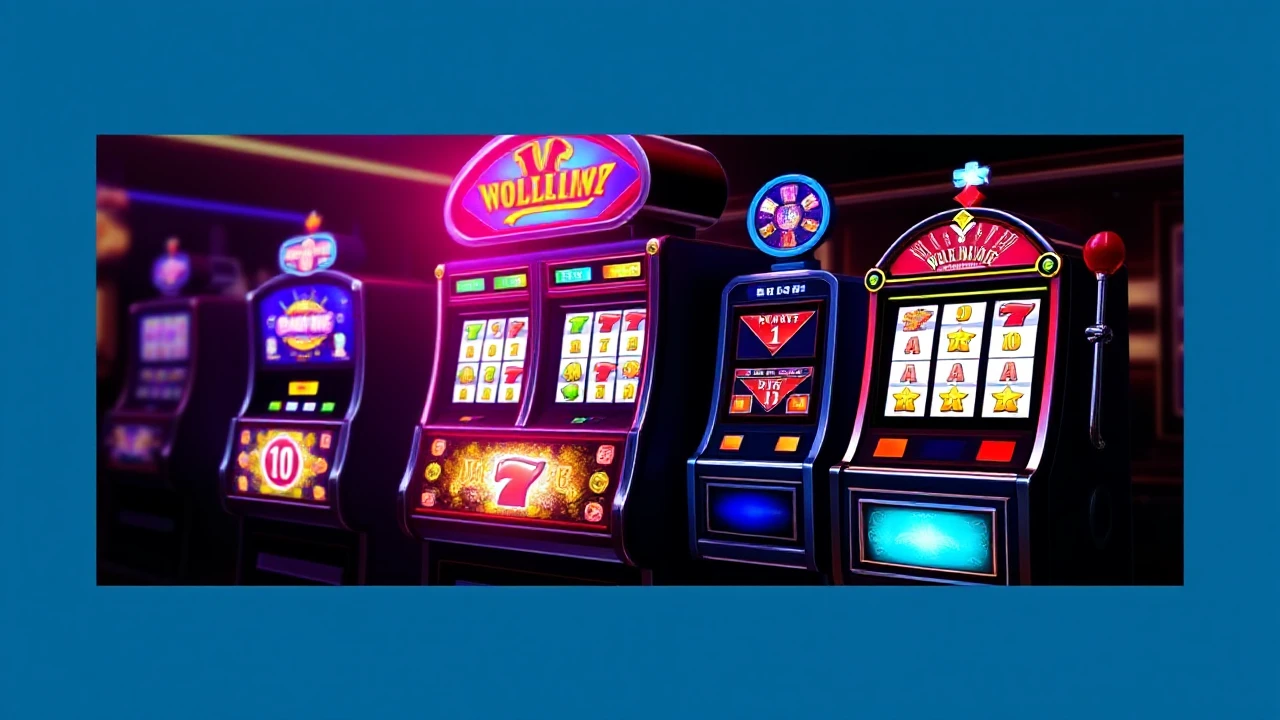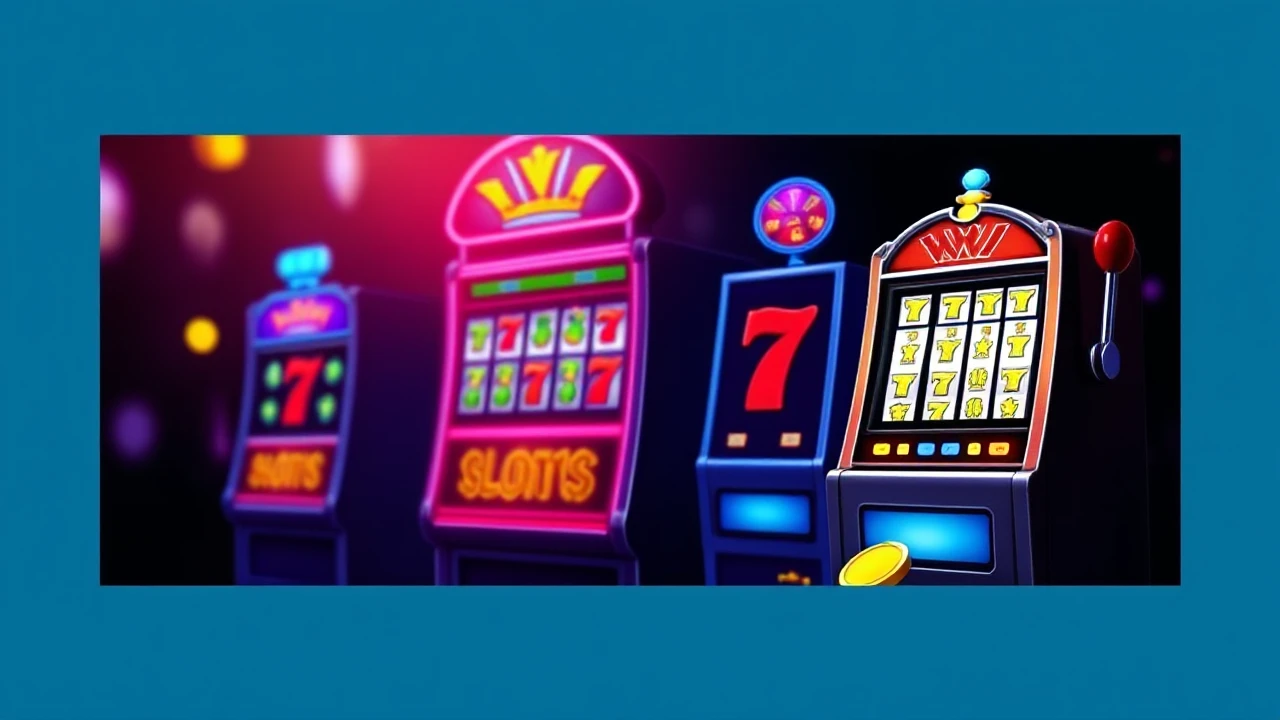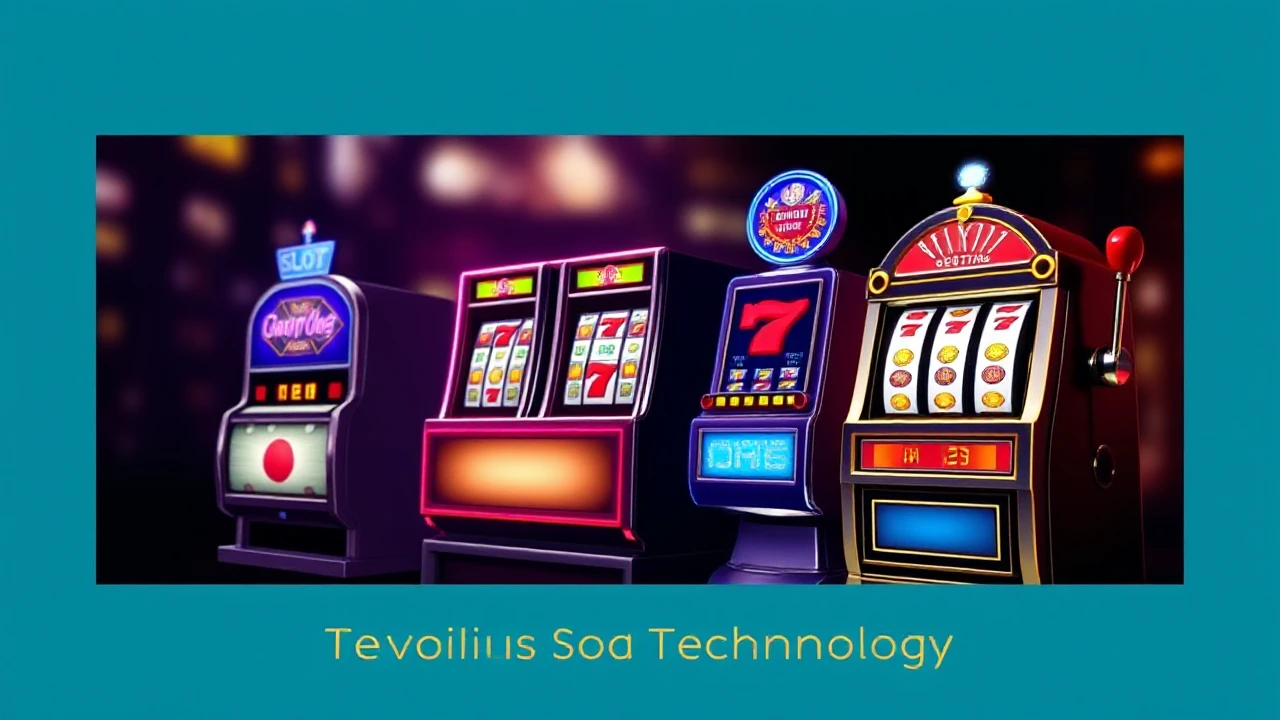
Tech





 William Gregory
William Gregory

 William Gregory
William Gregory
Discover our latest stories and insights from around the world
 Others
Others
 By William Gregory
•
13 Sep 2025
By William Gregory
•
13 Sep 2025
 Others
Others
 By William Gregory
•
13 Sep 2025
By William Gregory
•
13 Sep 2025
 Others
Others
 By William Gregory
•
13 Sep 2025
By William Gregory
•
13 Sep 2025
 Others
Others
 By William Gregory
•
13 Sep 2025
By William Gregory
•
13 Sep 2025
 Others
Others
 By William Gregory
•
13 Sep 2025
By William Gregory
•
13 Sep 2025
 Others
Others
 By William Gregory
•
13 Sep 2025
By William Gregory
•
13 Sep 2025
 Others
Others
 By William Gregory
•
13 Sep 2025
By William Gregory
•
13 Sep 2025
 Others
Others
 By William Gregory
•
13 Sep 2025
By William Gregory
•
13 Sep 2025
 Others
Others
 By William Gregory
•
12 Sep 2025
By William Gregory
•
12 Sep 2025
 Others
Others
 By William Gregory
•
12 Sep 2025
By William Gregory
•
12 Sep 2025
 Others
Others
 By William Gregory
•
12 Sep 2025
By William Gregory
•
12 Sep 2025
 Others
Others
 By William Gregory
•
12 Sep 2025
By William Gregory
•
12 Sep 2025

 William Gregory
William Gregory

 William Gregory
William Gregory

 William Gregory
William Gregory

 William Gregory
William Gregory

 William Gregory
William Gregory

 William Gregory
William Gregory